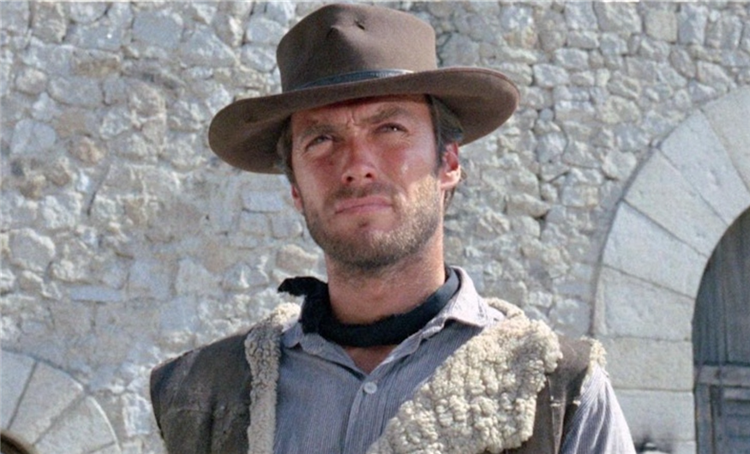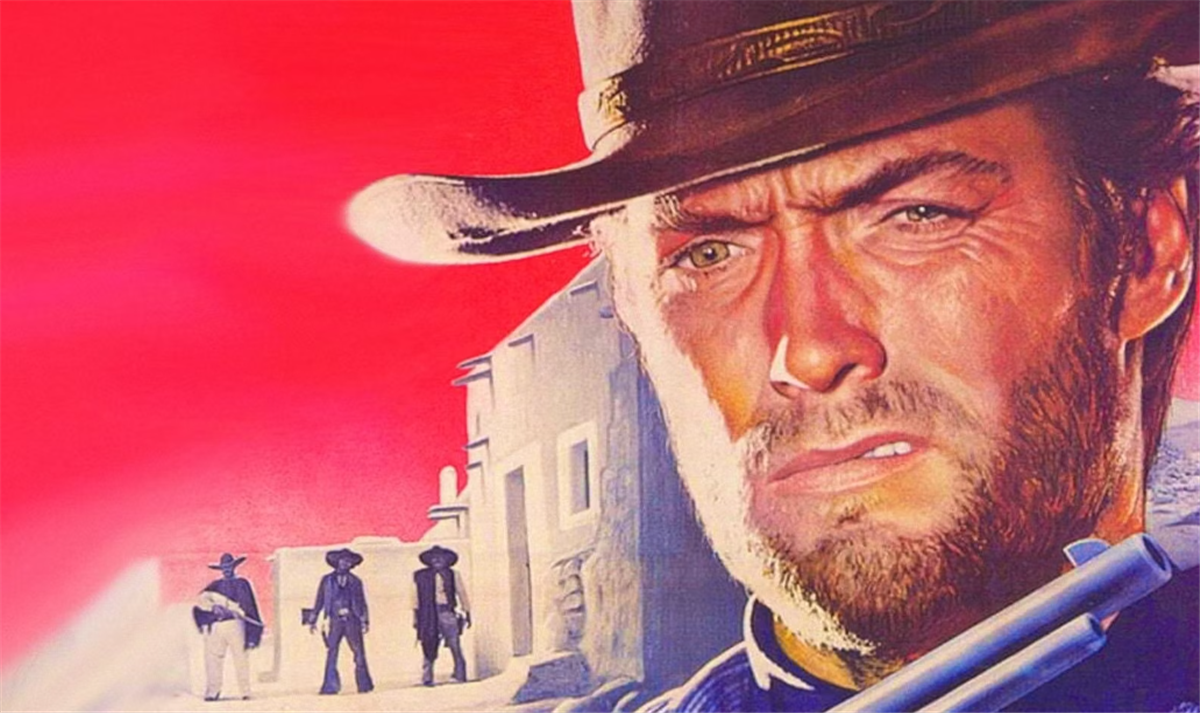Most people know Clint Eastwood became one of the biggest stars in Hollywood by making Spaghetti Westerns in Spain and Italy with filmmaker Sergio Leone. Most of these people probably figure Eastwood’s Man with No Name was a man of few words at the behest of the director, due likely to a language barrier of some sort. This, however, was not the case.
Though Leone is no longer around to refute this, Eastwood holds that his laconic Man with No Name character featured in “A Fistful of Dollars,” “For a Few Dollars More,” and “The Good, the Bad and the Ugly” would’ve been a good deal more loquacious had Leone stuck to the screenplay he wrote with Victor Andrés Catena and Jaime Comas. Given that Eastwood’s career going forward would play off this stolid persona, you can’t help but wonder if portraying a chattier gunfighter would’ve landed as palpably with American audiences. In any event, while Eastwood’s instincts proved impeccable, Leone didn’t give up on his scripted vision of the character without a fight.

Eastwood’s assertion is especially fascinating when you consider that Leone’s film was a fairly direct remake of Akira Kurosawa’s “Yojimbo,” which was itself an adaptation of Dashiell Hammett’s crime novel “Red Harvest” (though, despite clear plot similarities, the filmmaker claimed he was inspired by the author’s “The Glass Key”). Kurosawa modeled Toshiro Mifune’s rōnin after Hammett’s Continental Op; ergo, he was a man seemingly devoid of a past.
He just shows up in a town dominated by two corrupt, warring factions, and goads both sides into massacring each other. He betrays nothing personal about himself because doing so would run contrary to his task, and, on a basic narrative level, is of no consequence to the plot.
The mystery makes the man

In a 1980 interview with Ric Gentry, Clint Eastwood revealed that Sergio Leone and his co-writers had devised a thorough backstory for his character:
“I wanted to play it with an economy of dialogue and to build a whole feeling through attitude and movements. So I said to Sergio, ‘Let’s keep the mystery of the character and just allude to what happened in the past.’ Segio argued with me, though he did agree in a way, but it was just much harder for the Italian mentality to accept. They’re just used to so much more exposition and I was throwing that out.”
Leone ultimately came around, but when the film was finished, the producers were aghast. Per Eastwood, “They said, ‘Christ, this guy isn’t doing anything. He isn’t saying anything. He doesn’t even have a name! And that cigar is just sitting there burning.’”
That stoic persona, that terseness, and that cigar rescued the Western from its latter-day John Wayne doldrums, and made Eastwood a global movie star. It also established Leone as a supreme big-screen stylist, allowing him to make a string of masterpieces in “Once Upon a Time in the West,” “Duck, You Sucker,” and “Once Upon a Time in America.” Sometimes less is more. Sometimes it’s everything.
